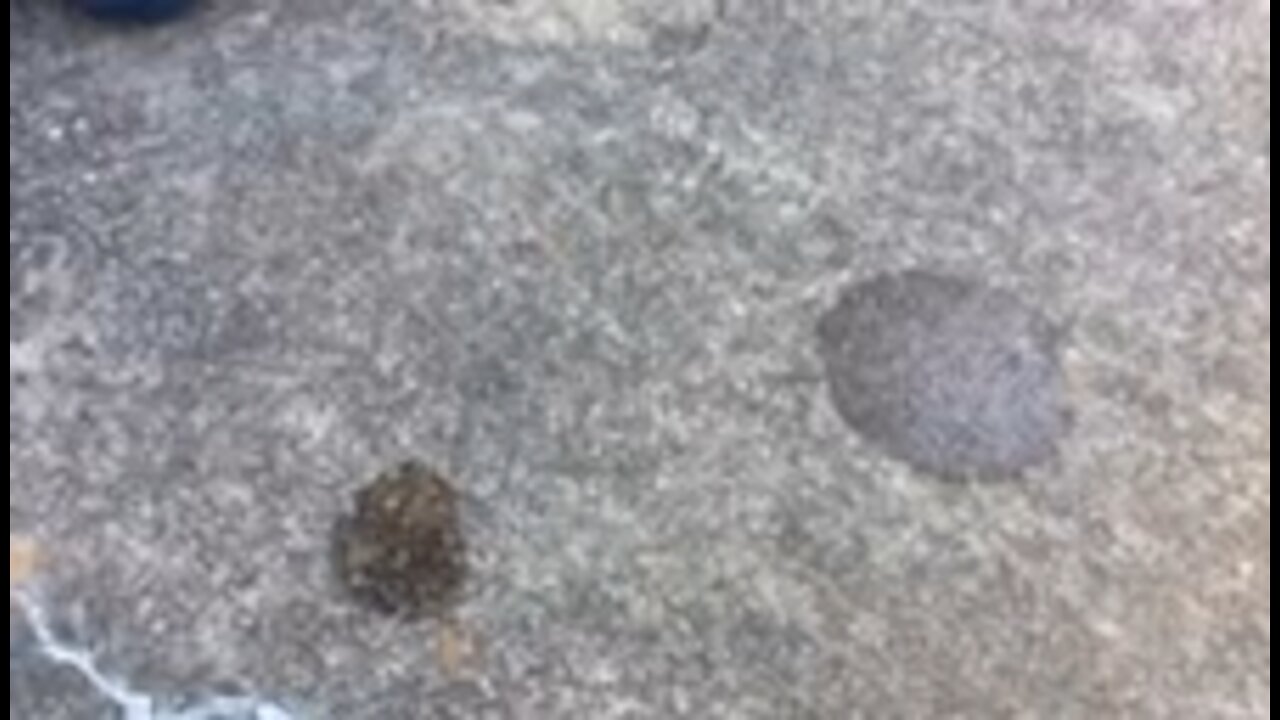Daniel Gibson
True Classic
Lights are all hooked up, but my efforts to get it running are not meeting with success. Timing marks are not lining up with TDC, so I am thinking I might have jumped time. The car has less than 50k miles on it (but who knows about the engine). Did FIAT use nylon gears? Looks like the replacements are metal. I would like to hear from anyone who has had issues with their timing chain. It has had issues since it sucked that washer…maybe they are somehow related? Washer interference caused something to stress out? Thoughts? Ideas? Drinks? Snacks?
And of course now I will get to disconnect all my lights again in the back!
And of course now I will get to disconnect all my lights again in the back!

